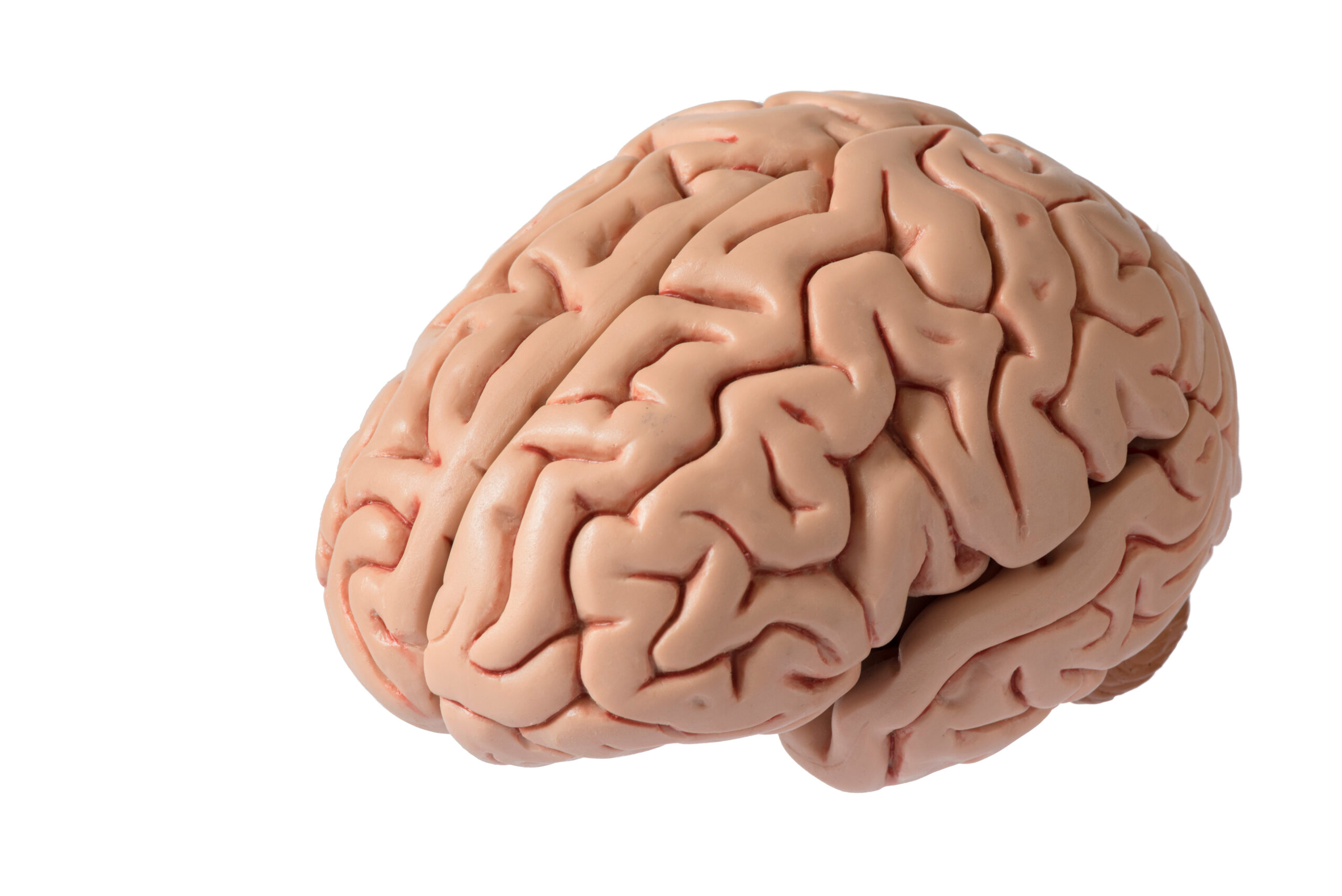Why Dementia Patients Lose Their Ability to Detect Fake Smiles
### Why Dementia Patients Struggle to Detect Fake Smiles
Dementia is a condition that affects the brain, causing problems with memory, thinking, and behavior. One of the challenges people with dementia face is difficulty recognizing emotions, especially fake smiles. But why do they struggle with this?
#### Understanding Emotion Recognition
Emotion recognition is a complex process that involves multiple parts of the brain. When we see someone’s face, our brain quickly processes the facial expressions to understand how they are feeling. This process is crucial for social interactions and building relationships.
#### The Role of the Brain
The brain’s emotional centers, particularly the right temporal and orbitofrontal lobes, play a significant role in emotion recognition. These areas help us identify subtle changes in facial expressions, including the difference between genuine and fake smiles. However, in dementia, these brain regions can be affected, leading to difficulties in recognizing emotions.
#### Dementia and Emotion Recognition
Dementia can cause various cognitive and emotional changes. For instance, people with dementia might have trouble understanding social cues, which includes recognizing fake smiles. This is because the brain’s ability to process and interpret emotional information is impaired.
#### Dynamic vs. Static Emotion Tests
Recent studies have shown that dynamic video-based tests are more effective in diagnosing dementia than static image-based tests. Dynamic tests, like the Dynamic Affect Recognition Test (DART), use real-life scenarios with audio and video to assess emotion recognition. These tests are more realistic and better reflect the way emotions are expressed in real life, which can help in diagnosing dementia more accurately[2].
#### Impact on Daily Life
For individuals with dementia, the inability to detect fake smiles can lead to misunderstandings and social isolation. Imagine trying to have a conversation with someone who is pretending to be happy but actually feels sad or upset. This can be very challenging and may lead to feelings of frustration and loneliness.
#### Conclusion
Dementia patients struggle to detect fake smiles because of the brain’s impaired ability to process and interpret emotional information. The complex nature of emotion recognition, combined with the cognitive and emotional changes caused by dementia, makes it difficult for them to recognize genuine and fake emotions. By understanding this, we can better support and care for individuals with dementia, helping them navigate the complexities of social interactions and emotional recognition.
By recognizing the challenges faced by dementia patients, we can provide more effective care and support, ensuring they feel understood and valued in their interactions with others.





